Early Christian Church in Eleutherna
Location and Context
The Early Christian basilica of Agia Anna is situated on the acropolis of ancient Eleutherna, on the hill formerly known as Prines. It is positioned in proximity to the remains of an Archaic temple, which, with modifications, continued to function into the Roman era. This location on the acropolis, the heart of the ancient city, underscores its significance within the evolving urban fabric of Eleutherna.
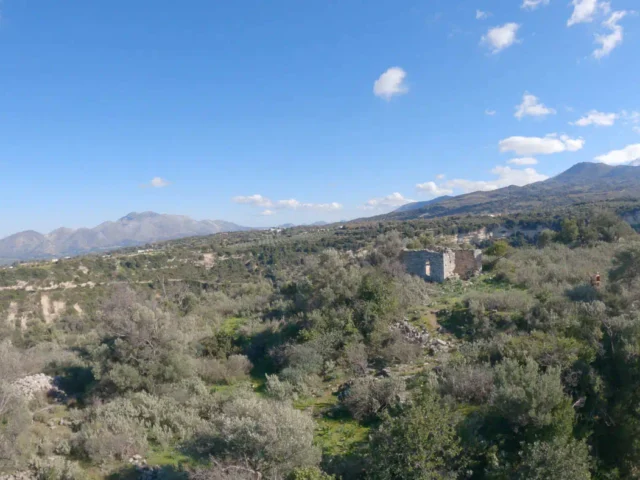
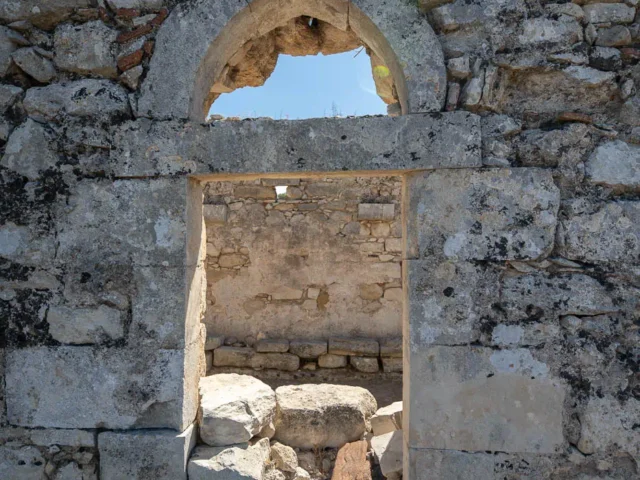
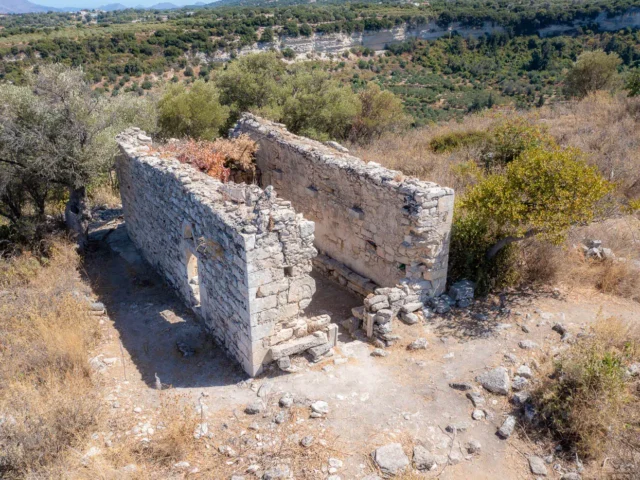
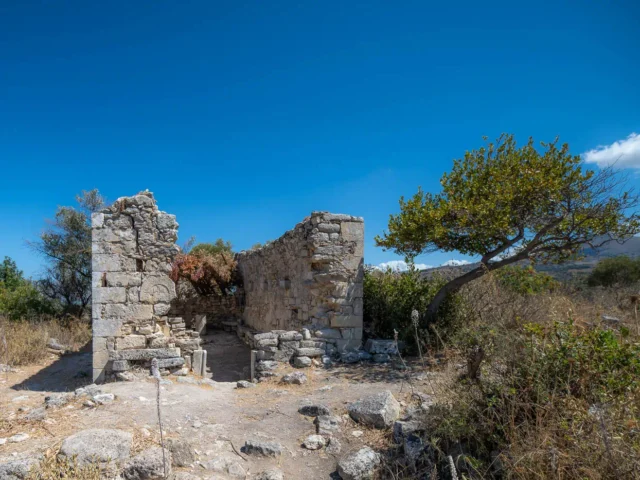
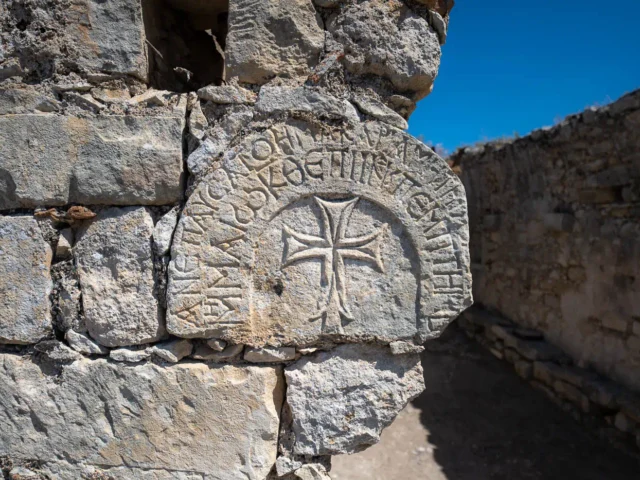
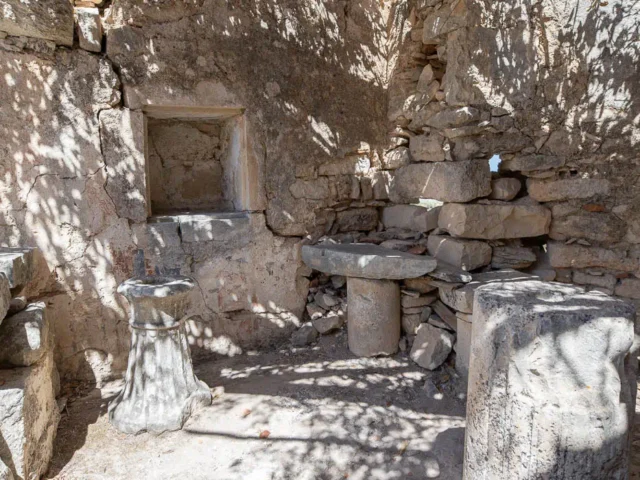
When Agia Anna was Active
The basilica at Agia Anna is believed to have been constructed in the Early Christian/Early Byzantine period, likely around the 6th century AD. Evidence suggests that it was part of a larger building complex that included a tetraconch hall and other structures. The complex appears to have seen a decline in use from the 7th century onwards. Later, possibly after the initial abandonment of the area, a single-space basilica was constructed, with surrounding buildings. Finds from this later phase, dating from the 11th to the 13th centuries, indicate connections with Constantinople and Italy. The final abandonment of this settlement is estimated to have occurred in the 14th century.
History of Agia Anna
The basilica at Agia Anna provides a glimpse into the transformation of Eleutherna from a pagan city to a Christian center. Its construction atop the remains of an earlier temple highlights the continuity and adaptation of sacred spaces over time. The presence of burials within and around the basilica, potentially associated with the clergy, further underscores its religious significance. The later single-space basilica and surrounding buildings attest to continued human activity on the acropolis, even as the city’s prominence waned. The finds from this later phase, particularly those suggesting connections with Constantinople and Italy, offer insights into the city’s interactions with the broader Byzantine world.
Architectural Features and Finds
While a comprehensive understanding of the basilica’s architecture awaits further excavation and analysis, some key features and finds have been identified. The complex includes a tetraconch hall, indicative of a central architectural plan, with associated outbuildings. Finds from the Early Byzantine complex include fragments of closure slabs, mullions, and metal ecclesiastical vessels. These artifacts, along with the presence of burials, support the identification of the complex as a religious center. The later single-space basilica likely represents a simpler architectural form, reflecting the changing needs and resources of the community in the later Byzantine period.
Relationship to Eleutherna
The location of Agia Anna on the acropolis places it at the heart of the ancient city, in close proximity to the Archaic temple and other significant structures. This central position suggests its importance within the Early Christian and Byzantine community. The presence of the basilica on the acropolis, traditionally associated with the city’s religious and administrative center, further emphasizes its role in the evolving urban landscape of Eleutherna. The finds from the later Byzantine phase, indicating connections with Constantinople and Italy, highlight the city’s continued engagement with the broader Byzantine world, even as its overall prominence diminished.
Site: Key Points
- Construction Period: Early Christian/Early Byzantine (around 6th century AD)
- Location: Acropolis of ancient Eleutherna (Prines hill)
- Historical Significance: Evidence of Eleutherna’s transition to a Christian center, continuity of sacred spaces
- Current Status: Excavated, further analysis and publication pending
References:
- Ancient Eleutherna, Sector I edited by Petros G. Themelis (2009)
- The discovery of Eleutherna: From the formation of the Modern Cretan State to Humfry Payne\u2019s Excavations (1899\u20131929) by Antonis Kotsonas (2008)
- E L E U T H E R N A by Nikolaos Chr. Stampolidis (2020)














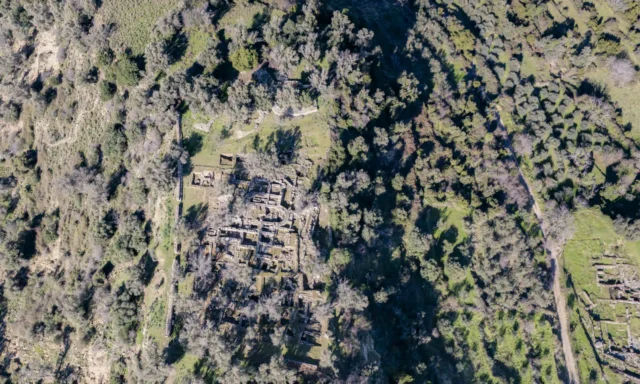

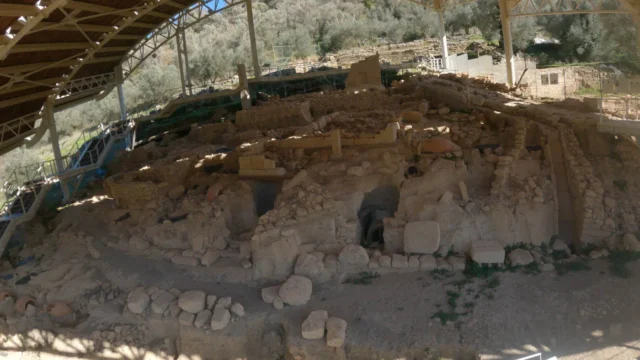

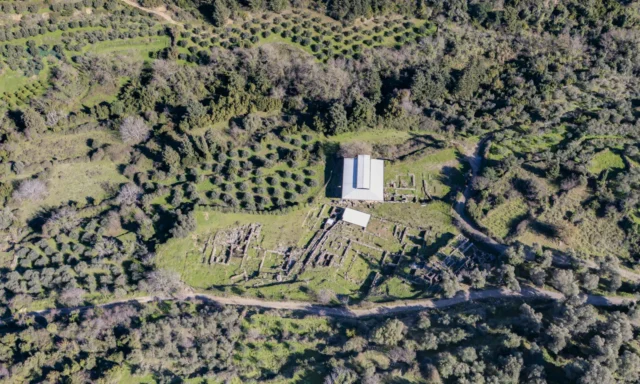

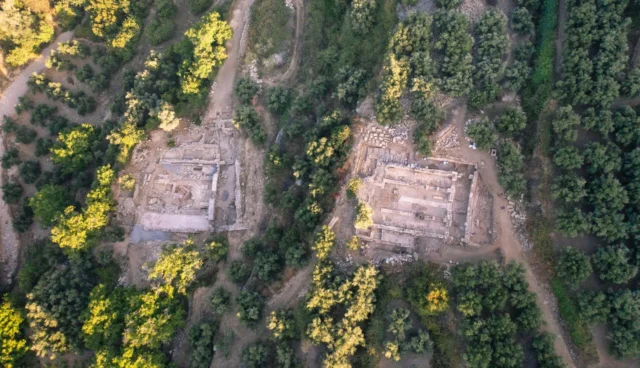
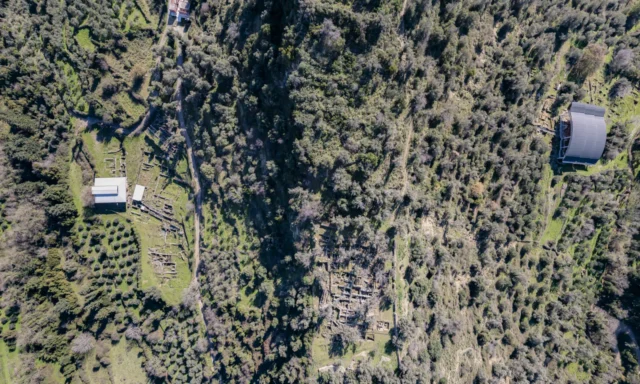

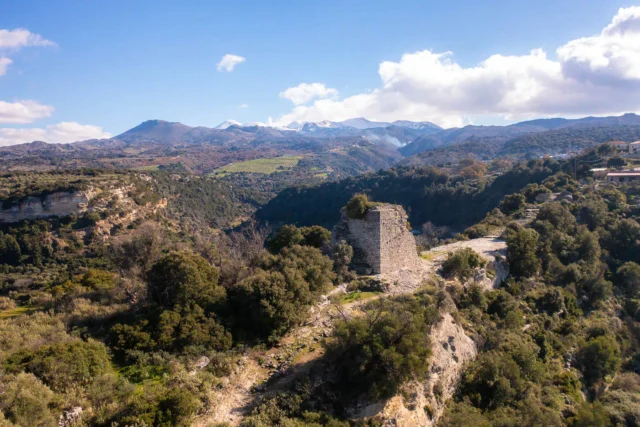
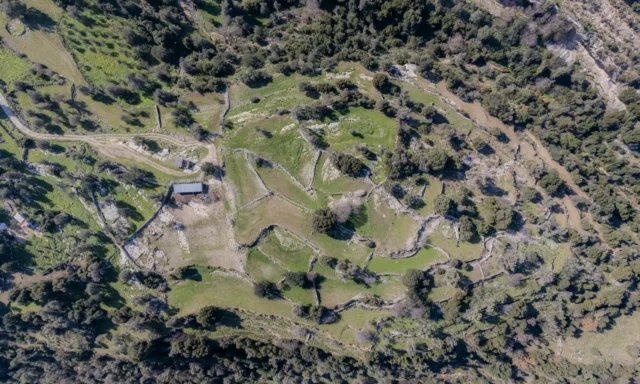
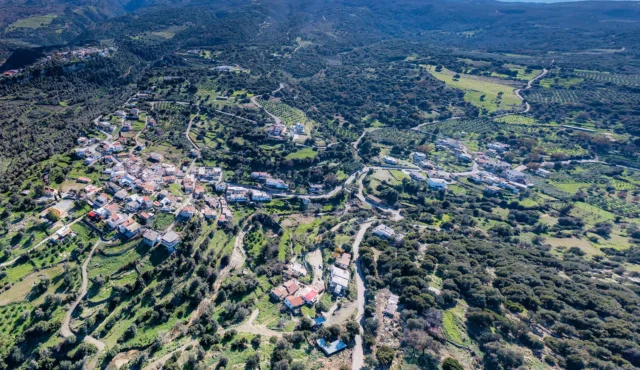
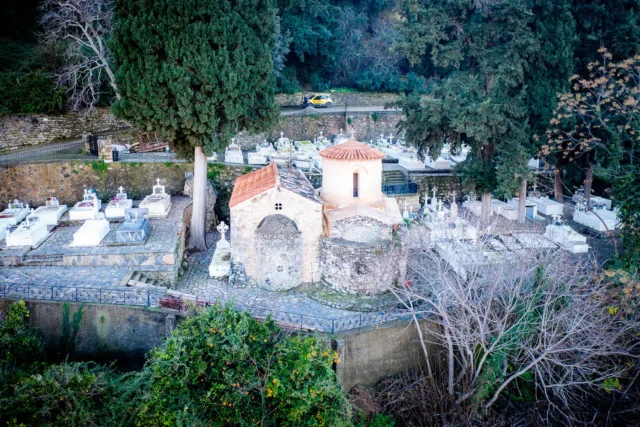
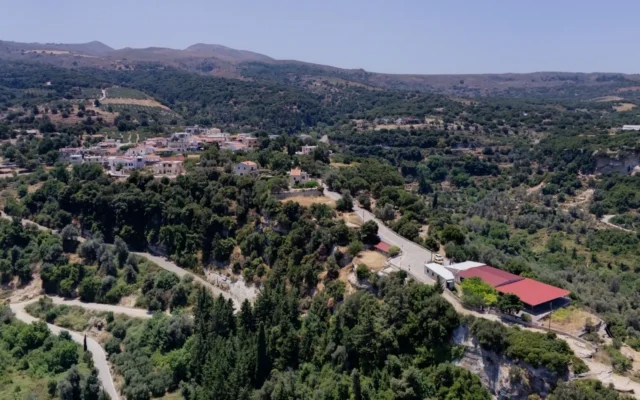

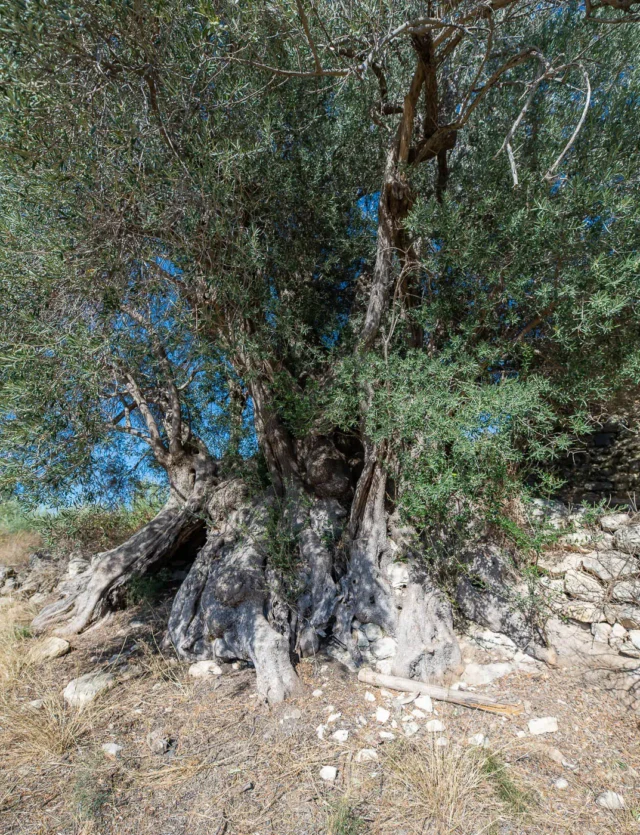
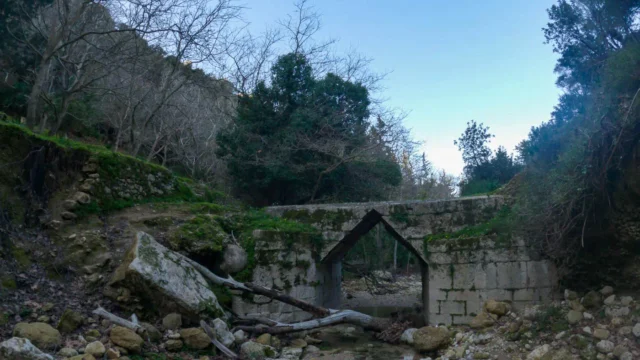


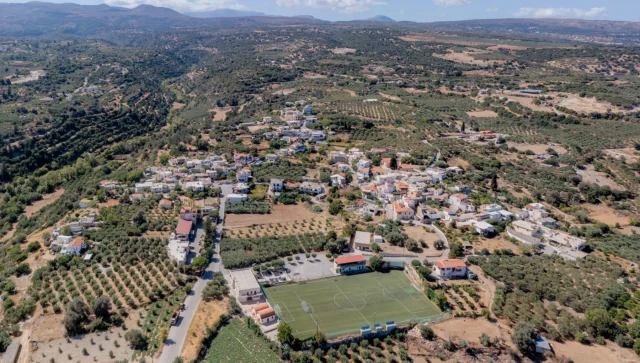
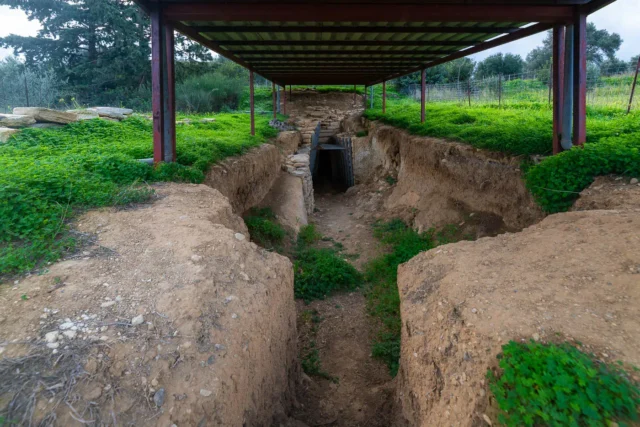

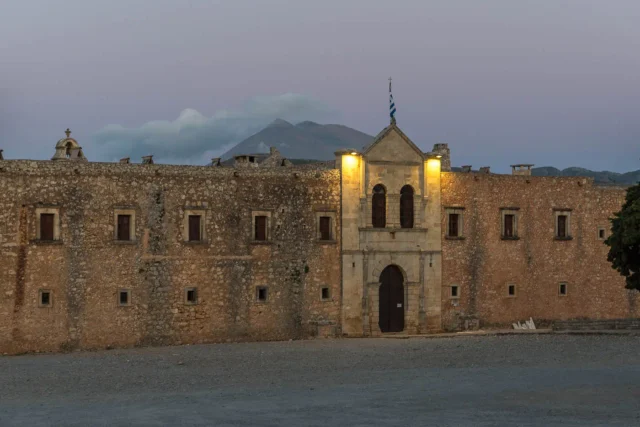

There are no comments yet.